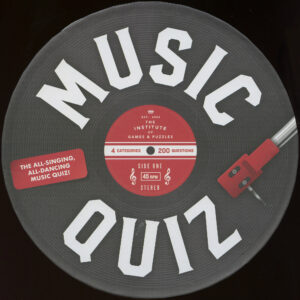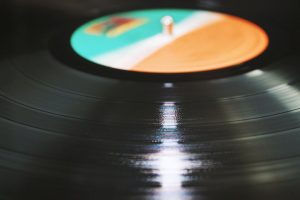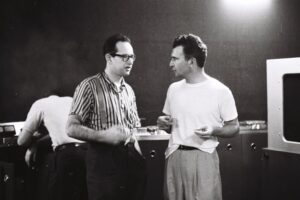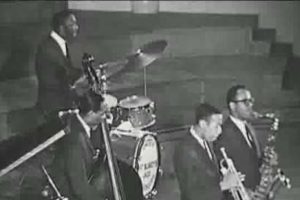Let me say this as delicately as possible: Conceptually and objectively, I understand that tastes are different. One man’s meat is another man’s poison and all that. Okay. Got it. All that said, I still don’t really understand how anyone can not like the Mills Brothers. Just listen to these guys. “(Up a) Lazy River,” above, got nine dislikes at YouTube. “Glow Worm,” below, got 20. (The songs got 483 and 1,053 likes, respectively. That somewhat restores my faith in human nature. Somewhat.)
Okay, rant over. Here is the beginning of the group’s Last.fm profile:
The Mills Brothers, sometimes billed as The Four Mills Brothers, were a U.S. jazz and pop vocal quartet.
The group was originally composed of four brothers all born in Piqua, Ohio: John Jr (1911-1936) basso and guitarist, Herbert (1912-1989) tenor, Harry (1913-1982) baritone, and Donald (1915-1999) lead tenor. Their father owned a barber’s shop, and founded a barbershop quartet called the Four Kings of Harmony. As the boys grew older, they began singing in the choir of the Cyrene African Methodist Episcopal Church and in the Park Avenue Baptist Church in Piqua. After their lessons at the Spring Street Grammar School, they would gather in front of their father’s shop on Public Square or at the corner of Greene and Main to sing and play the kazoo to passersby.
They entered an amateur contest at Piqua’s Mays Opera House, but while on stage Harry discovered he had lost his kazoo. He cupped his hands to his mouth and imitated a trumpet. The success of his imitation led to all the brothers taking on instruments to imitate and created their early signature sound. John Jr accompanied the four-part harmony first with a ukulele and then a guitar. They practised imitating orchestras they heard on the radio. John, as the bass, would imitate the tuba, Harry, a baritone, imitated the trumpet, Herbert became the second trumpet, and Donald the trombone. They entertained on the Midwest theatre circuit, at house parties, tent shows, music halls, and supper clubs throughout the area, and became well known for their close harmonies, mastery of scat singing, and their ability to imitate musical instruments with their voices. (Continue Reading…)
Here is a nice version of “(Up a) Lazy River” by Leon Redbone.










